Advertisement
Predictive AI is a type of artificial intelligence that makes smart guesses about what might happen in the future. It does this by studying patterns in past data—kind of like how you might guess it’s going to rain if the sky looks dark and cloudy, even before checking the weather app. Instead of using gut feelings, though, AI uses math, logic, and a lot of examples to make its predictions.
Let’s break it down step by step. Predictive AI might sound fancy, but it follows a pretty simple process when you look closely.
Everything starts with data. Imagine you’re trying to predict your exam scores. You’d probably look at your past test results, how many hours you studied, how much sleep you got, and whether you were feeling okay that day. That’s the same thing predictive AI does—it looks at a bunch of old information to learn how things usually turn out.
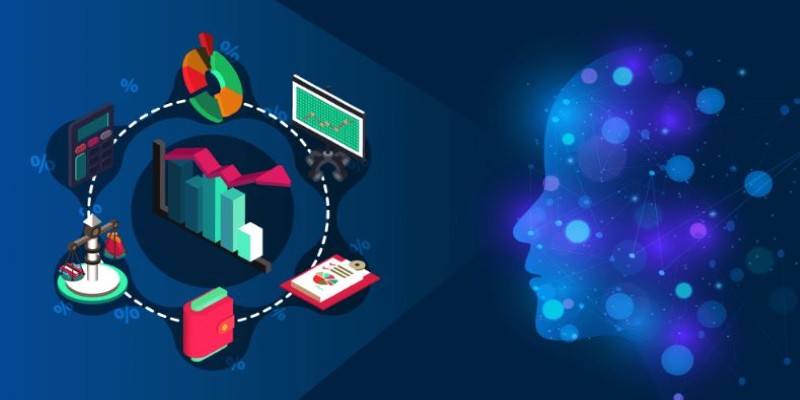
In real life, companies gather data from things like customer purchases, weather changes, stock prices, or even hospital visits. The more data, the better the AI can learn.
Once it has the data, AI starts looking for patterns. For example, it might be noticed that when someone shops online on a Friday night, they're more likely to buy snacks and comfy clothes. Or maybe it seems that students who sleep more than 7 hours before an exam tend to score higher.
The AI uses these little discoveries to “learn” how things usually happen. This learning happens through a system called machine learning. Think of it as training a super-fast brain that never forgets and loves math.
Now, it's time for the AI to guess. If you provide it with new information—such as a customer who just added a hoodie to their basket at 10 p.m.—it can respond, "There's a good chance they'll buy popcorn too."
It’s not magic, and it doesn’t “know” the future like a fortune teller. It’s just using what it’s seen before to guess what’s likely to happen next.
Predictions aren’t always perfect. That’s why predictive AI keeps learning. When the AI gets something wrong, it updates itself based on the new results. So next time, it can do a little better. Over time, the predictions become more accurate—just like how your guesses get better the more you play a game or learn a subject.
You might not notice it, but predictive AI is quietly working behind the scenes in places you already use or hear about. Let’s look at a few examples that are easy to recognize.
Ever wonder how Netflix recommends shows you end up loving? That's predictive AI at work. It looks at what you've watched, how long you watched it, and even what you paused or skipped. Based on that, it tries to guess what you'll want to watch next. The same goes for YouTube, Spotify, or any app that says, "You might like this…"
When you add something to your cart, and Amazon suggests three more items, that's predictive AI. It's using past shopping behavior (yours and others) to predict what you’re likely to buy next. Retail stores love this—it helps them sell more while making your experience smoother.
Weather apps use predictive models powered by AI. They collect data from satellites, radars, and weather stations all over the world. The AI finds patterns and uses them to forecast rain, snow, heatwaves, and more. That’s why your phone can tell you it might drizzle at 4:30 p.m. next Tuesday.
Google Maps and Waze don’t just show where the traffic is right now—they can also guess how long your drive will take. They predict traffic jams, delays, and the best time to leave. That’s thanks to predictive AI analyzing years of driving data.
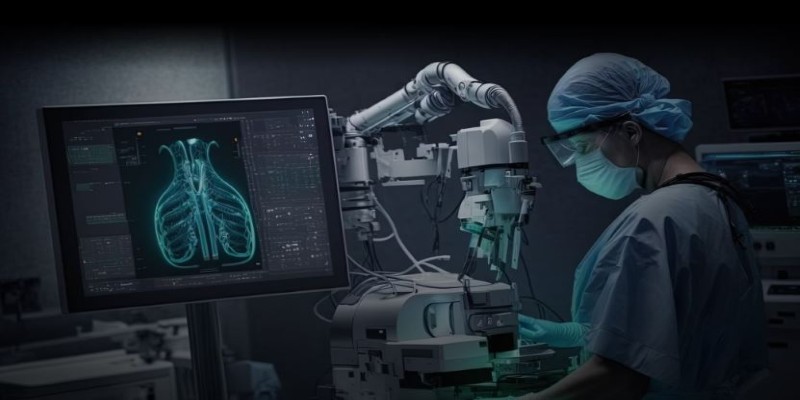
Doctors are starting to use predictive AI to catch problems early. For example, AI tools can study medical records and spot warning signs of diabetes or heart disease. That helps doctors act sooner and keep people healthier.
Predictive AI is like having a smart assistant that’s really good at guessing what’s likely to happen. But even though it’s helpful, it does have limits.
Saving time: It speeds up choices and helps people focus on what matters.
Catching problems early: From engine issues in cars to spotting errors in your homework app, it can raise a flag before things go wrong.
Personalizing experiences: Whether it’s recommending music or helping teachers spot students who might need extra help, AI makes things feel more custom and helpful.
See the future: AI doesn’t know what will happen. It only makes guesses based on past data.
Handle surprises well: If something totally new happens (like a once-in-a-lifetime event), the AI might struggle because it has no example to learn from.
Think like humans: It doesn’t have feelings, opinions, or real understanding. It just follows the patterns.
Predictive AI is all about using data from the past to guess what might happen next. It learns patterns, makes smart predictions, and keeps improving with practice. Whether it’s helping you pick a movie, telling you when it’ll rain, or catching a health issue early, it’s quietly working in the background to make life easier. It powers everyday tools, supports decision-making, and shapes future technology. And while it’s not perfect, it’s getting better every day—just like we do when we keep learning.
Advertisement

Discover 10 ChatGPT plugins designed to simplify PDF tasks like summarizing, converting, creating, and extracting text.

Looking to boost your chances on LinkedIn? Here are 10 ways ChatGPT can support your job search, from profile tweaks to personalized message writing
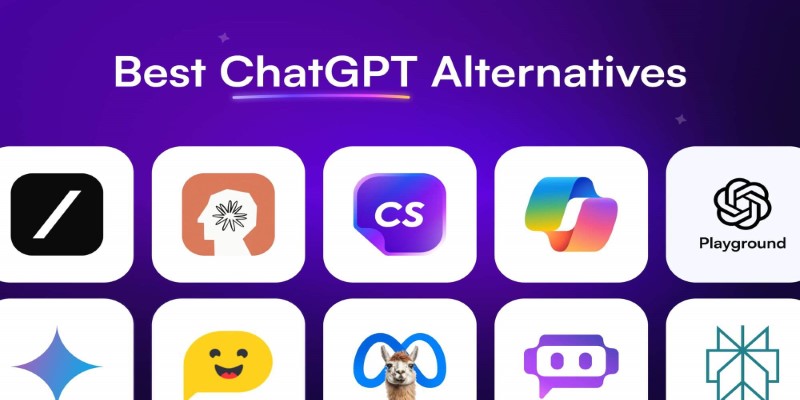
Looking for smarter ways to get answers or spark ideas? Discover 10 standout ChatGPT alternatives that offer unique features, faster responses, or a different style of interaction
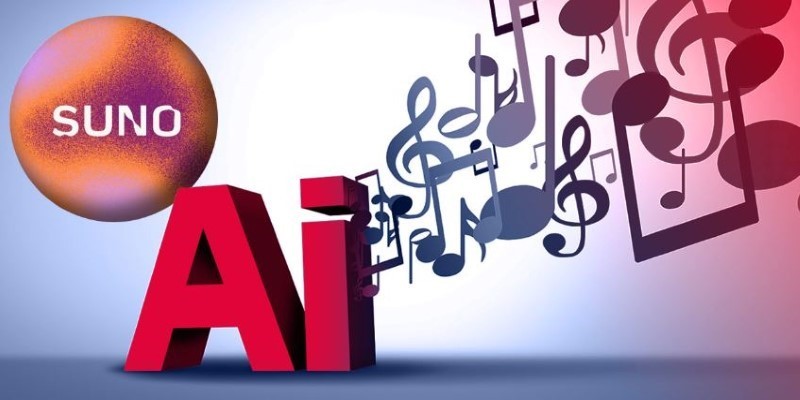
Want to create music without instruments or studio gear? Learn how to use Suno AI to turn simple text prompts into full songs, with vocals, backing tracks, and more
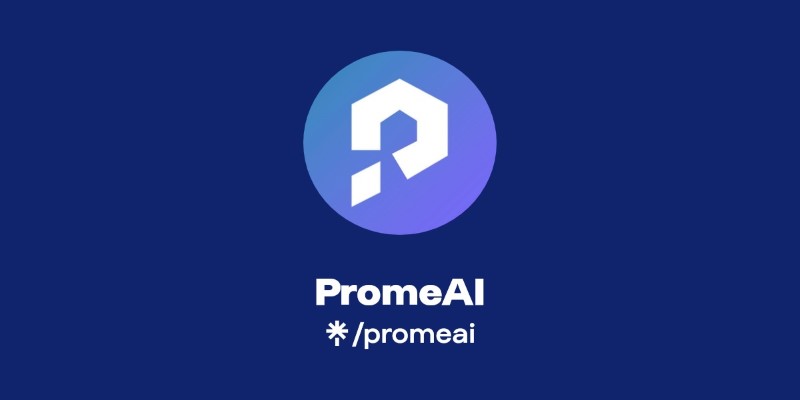
How can AI help transform your sketches into realistic renders? Discover how PromeAI enhances your designs, from concept to portfolio-ready images, with ease and precision

Looking for the best way to start learning data science without getting lost? Here are 9 beginner-friendly coding platforms that make it easy to begin and stay on track
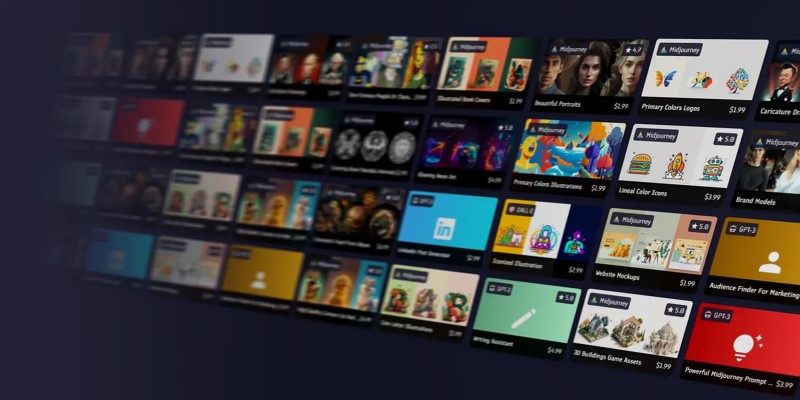
Looking for the best places to buy or sell AI prompts? Discover the top AI prompt marketplaces of 2025 and find the right platform to enhance your AI projects

Think building a machine learning model takes hours? With ChatGPT, you can create, run, and test one in under a minute—even with no coding experience
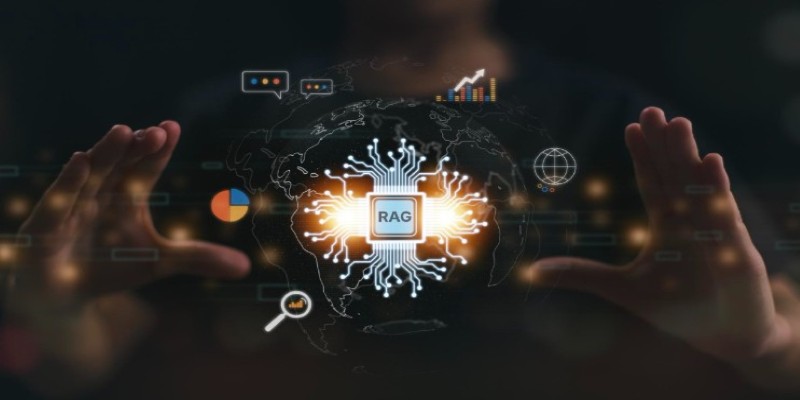
Which RAG tools are worth your time for generative AI? This guide breaks down the top options and shows you how to get started with the right setup
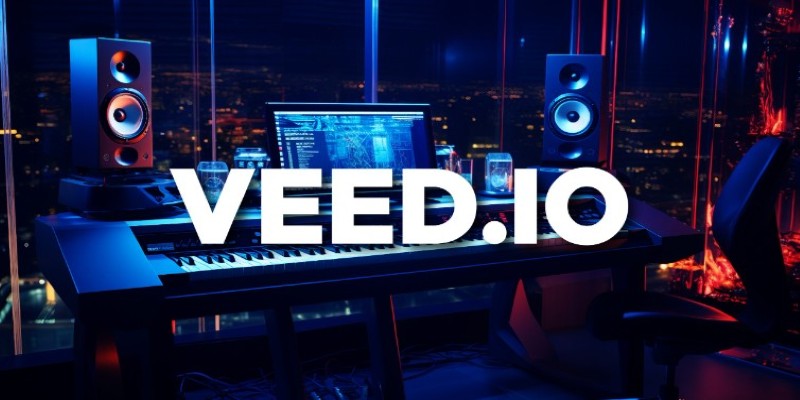
Veed.io makes video editing easy and fast with AI-powered tools. From auto-generated subtitles to customizable templates, create professional videos without hassle
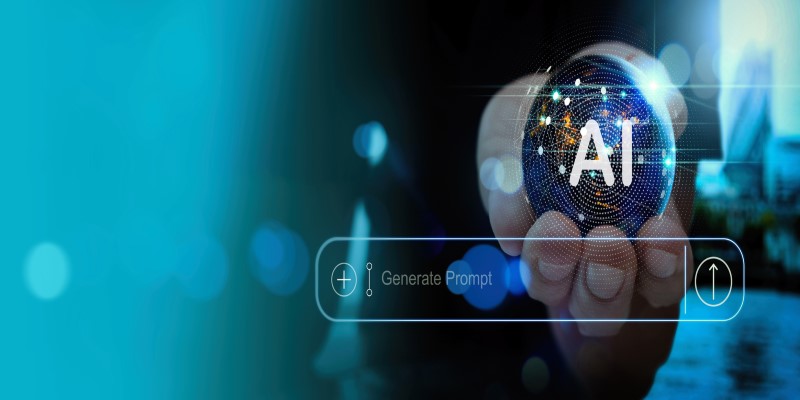
Curious about whether premium AI prompts are actually worth paying for? This article breaks down what you’re really getting, who benefits most, and when it's better to stick with free options.

What is Moondream2 and how does it run on small devices? Learn how this compact vision-language model combines power and efficiency for real-time applications